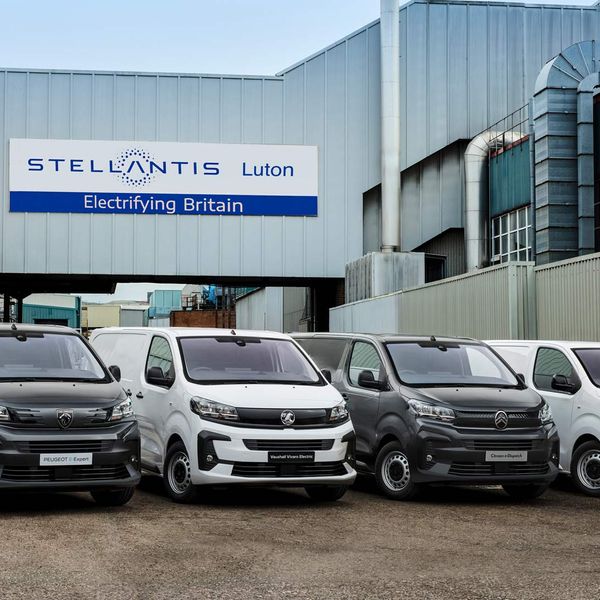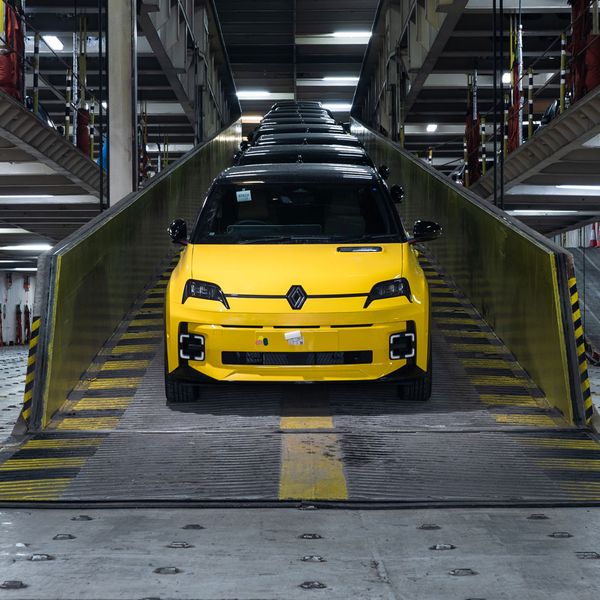What does CHAdeMO do?
It’s a type of connector specifically designed for charging using high power direct current, so it’s not something you will find on a wall charger you might have at home. The EV’s battery is DC so that means the high power electrical current from the charger can be streamed straight into the battery without the need for an on-board charger to convert from AC to DC.
CHAdeMO was one of the first types of connector and was the brainchild of Japanese industry and car manufacturers back in the early Noughties, so it’s well tried and tested. For that reason it’s mostly found on Japanese cars such as the Nissan Leaf, Toyota Prius Plug-In hybrid, Mitsubishi Outlander PHEV and Lexus UX 300e. Its sometimes possible for an electric vehicle not equipped with a CHAdeMO port to use one with an adapter and the Tesla Model S and Model X are examples.
Like its competitor CCS, CHAdeMO is an intelligent connection technology so it talks to the car to make sure both the charger and the car are properly connected and happy, before it starts delivering the high voltage DC current. For that reason, even if it’s pouring with rain, the only thing you have to worry about is getting wet.
Incidentally, according to the CHAdeMO organisation which invented it, the whacky name is derived from a Japanese phrase “o CHA deMO ikaga desuka.” That loosely translates to “fancy a cuppa” as a nod to the fact that a rapid charge takes about the same time as drinking one.
CHAdeMO v CCS - which is better?
Inevitably, when there are competing technologies one tends to become favoured over another and that’s true of CHAdeMO and CCS. The difference between CHAdeMO and CCS is that CHAdeMO is for DC rapid charging only, so there will be a second connection on the car to take a slow AC charger. These work at 3kW from a domestic plug, or about the same as an electric kettle, up to 7kW from a wall charger or at most, 22kW from an industrial AC charger.
CCS stands for Combined Charging System so the same connection on the car can be used to connect both a slow AC charger or a rapid or ultra-rapid DC charger. Because it’s a more integrated solution, manufacturers have gravitated towards CCS and virtually all new UK EVs are using it, including the new Nissan Ariya. Tesla has even adopted it on the Model 3 in preference to its proprietary Supercharger connector.
CHAdeMO's main benefit is around its compatibility with V2G and V2H systems, as it allows much more flow of power than an AC-based Type 2 connector. However the DC-based two way chargers are expensive and AC is expected to become the standard in Europe.
![]() Most rapid chargers will have both CCS and CHAdeMO connectors
Most rapid chargers will have both CCS and CHAdeMO connectors  CHAdeMO is used mainly by Nissan, Lexus and Mitsubishi
CHAdeMO is used mainly by Nissan, Lexus and Mitsubishi 













